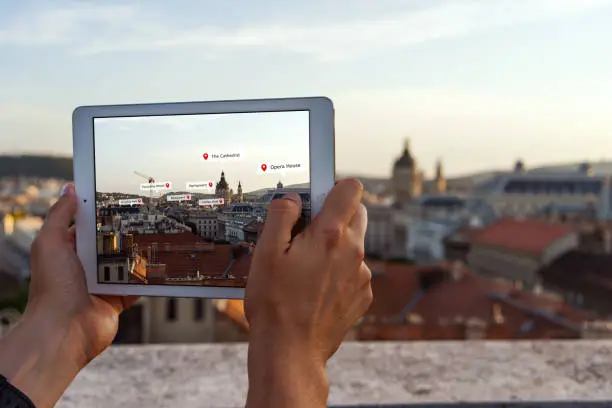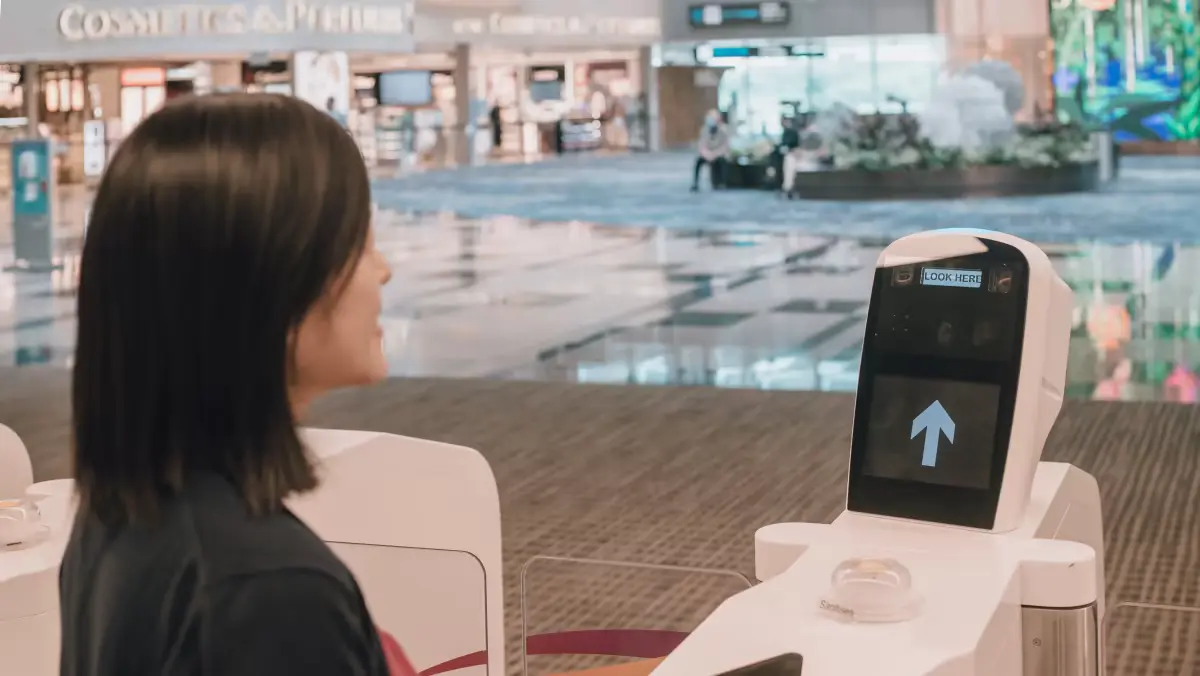
The Rise of Virtual Reality in Destination Marketing
The intersection of virtual reality (VR) technology and the travel industry has opened a new frontier in destination marketing. Previously, the travel industry relied on traditional media such as brochures, television ads, and websites to market destinations. While these methods are still prevalent, the advent of VR technology is beginning to change the landscape of destination marketing. Virtual Reality in Destination Marketing
VR technology offers a new way to experience destinations before traveling. It can provide potential travelers with a 360-degree view of a location, allowing them to explore it virtually before deciding to visit. This immersive experience has the potential to greatly influence travel decisions, and travel companies and tourism boards are starting to take note.
The Adoption of VR in Destination Marketing
Early adopters of VR in destination marketing saw the potential of this technology to provide a unique and compelling way to showcase their offerings. Tourism Australia, for example, launched a VR campaign in 2016 that allowed users to dive into the Great Barrier Reef with David Attenborough. Other notable examples include Thomas Cook’s “Try Before You Fly” VR experience and Marriott’s “VRoom Service”, both of which gave users the chance to experience destinations and accommodations in a unique and immersive way.
However, while these early adopters showed the potential of VR in destination marketing, it was still a niche technology, with high costs and limited reach. It wasn’t until the advent of more affordable and accessible VR technology, like Google Cardboard and Oculus Go, that VR really began to take off in destination marketing.
The Future of VR in Destination Marketing
The future of VR in destination marketing looks promising. As technology becomes more affordable and accessible, more and more travel companies and tourism boards are expected to incorporate VR into their marketing strategies. Moreover, advancements in VR technology are leading to more immersive and realistic experiences, further enhancing the potential of this technology in destination marketing.
Additionally, as travel becomes increasingly digital, VR offers a way for destinations to stand out in a crowded market. By offering potential travelers a unique and immersive way to experience a destination, travel companies and tourism boards can better engage their audience and drive more bookings.
Key Companies are Tourism Australia, Thomas Cook, Marriott, Google Cardboard and Oculus Go.
Virtual Reality in Destination Marketing Conclusion
In conclusion, the rise of VR in destination marketing represents a major shift in how travel destinations are marketed. As technology continues to evolve and become more mainstream, it’s likely that we’ll see even more innovative uses of VR in the travel industry.









